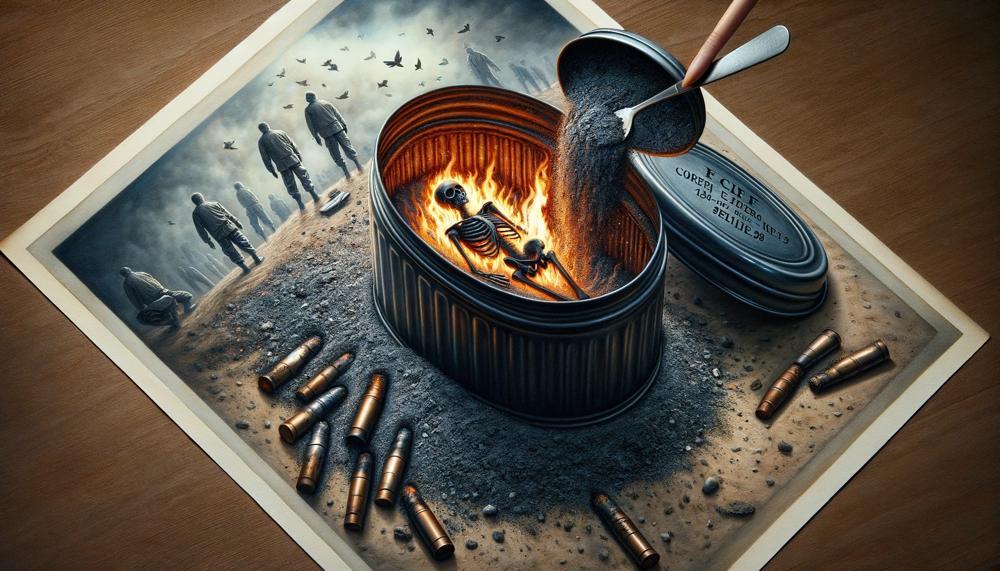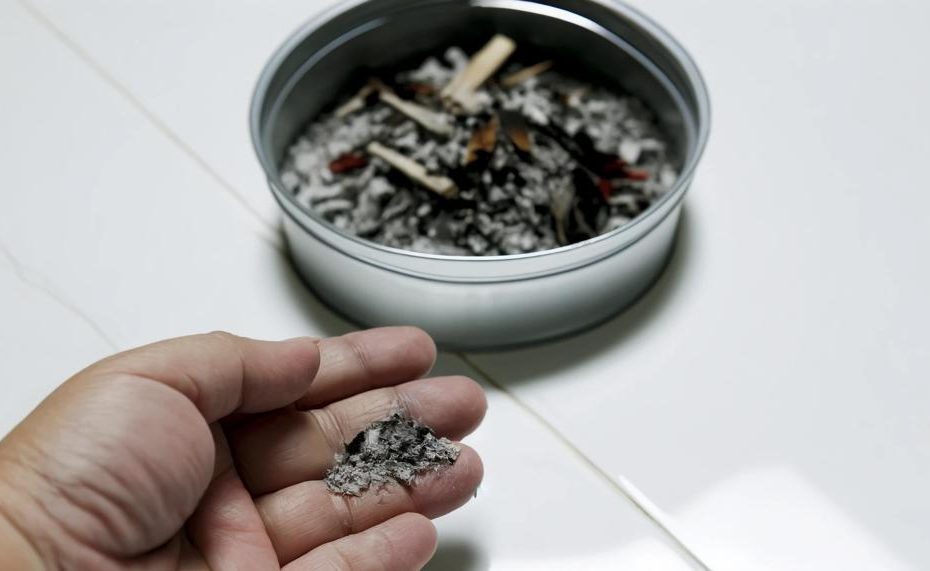Did you know that each year, in the United States alone, nearly 1.7 million people choose cremation over traditional burial methods? This growing trend raises an important yet often overlooked question: what should be done with the ashes afterwards? Navigating this part of the grieving process can be overwhelming for many families, leaving them uncertain about the proper steps to take.
In this post, we’ll explore the respectful and meaningful ways to handle cremation ashes, ensuring that your choices align with both personal desires and legal requirements.
Key Takeaway
- Understanding Local Regulations: Verify the legal framework surrounding cremation ashes in your area.
- Options for Disposal: From traditional burial and scattering in meaningful locations to keeping them at home or incorporating them into unique memorials.
- Environmental Considerations: Assess the ecological impact of your chosen method.
- Honoring Last Wishes: Ensure the method respects the preferences of the deceased.
Whether you’re considering laying a loved one to rest in a serene garden, scattering their ashes beneath their favorite tree, or keeping them close by in a beautifully crafted urn, this guide will provide you with thoughtful insights and practical advice.
Join us as we delve into the sensitive yet significant topic of handling human ashes with dignity and care.

How to Dispose of Human Ashes Properly
Disposing of human ashes properly can be a sensitive and personal matter. Here are some options you might consider:
- Scattering the Ashes: This is a common method where the ashes are scattered in a meaningful location. It could be in a garden, over the sea, or any other place that holds significance. However, it’s important to make sure you have the necessary permits before scattering ashes.
- Burying the Ashes: You can bury the ashes in a cemetery or even at home. Some cemeteries have special cremation plots where you can erect a headstone.
- Keeping the Ashes: Some people choose to keep the ashes in an urn at home or in a columbarium.
- Creating a Memorial: Ashes can be used to create jewelry or other keepsakes. There are companies that can compress the ashes into a diamond.
- Planting a Tree: Tree urns allow you to transform the ashes into nutrient-rich soil for a tree. This can be a beautiful way to remember a loved one and contribute positively to the environment.
- Sea Burials: This is a popular method of human ash disposal, providing closure.
Before deciding, it’s important to consider legal, environmental, and personal factors. Always make sure you understand state and federal laws. Also, be aware of the environmental impact of your choice. For instance, when placed in the soil on or around plants, cremains can harm the plants around them because they contain high amounts of salt.
Remember, there’s no one-size-fits-all solution. Choose the method that feels right for you and your family.
Conclusion
As cremation becomes increasingly prevalent, the question of how to respectfully handle human ashes gains importance. This guide serves as a comprehensive resource for those navigating this delicate aspect of memorial practices. Whether choosing to scatter ashes across serene landscapes, bury them in a place of significance, or keep them close in an ornate urn, it is vital to ensure these methods align with legal standards and honor the deceased’s last wishes.
Handling cremation ashes with dignity involves several key considerations. First and foremost, it is essential to understand and adhere to local regulations, as these can vary widely. Choosing a method that holds personal significance to the deceased and their loved ones not only honors their memory but also aids in the grieving process. Environmental concerns should not be overlooked, particularly when considering the broader impact of your chosen method.
Ultimately, the act of laying ashes to rest should reflect a thoughtful tribute to the deceased, blending reverence with environmental stewardship.





